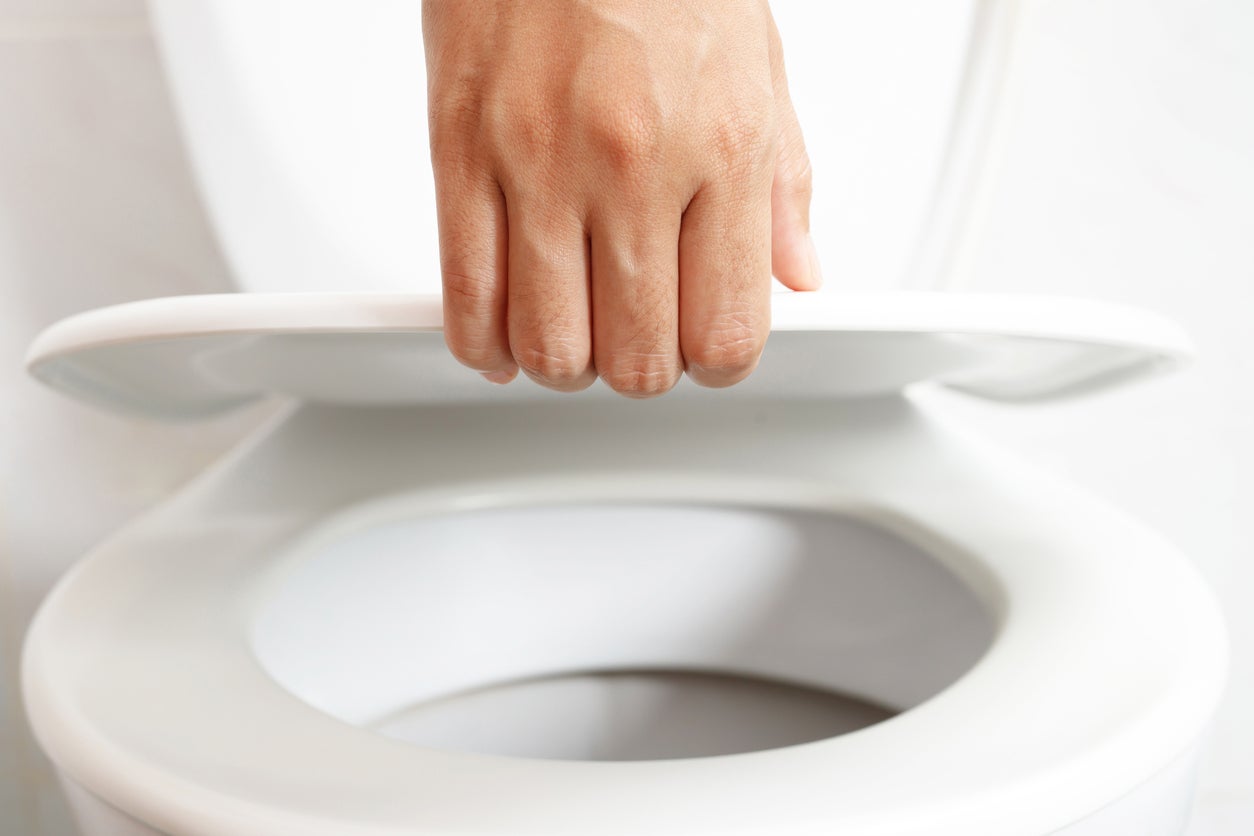

Articles
What Std Can You Get From A Toilet Seat
Modified: January 6, 2024
Learn about the risks of contracting STDs from toilet seats. Find informative articles to educate yourself and stay safe.
(Many of the links in this article redirect to a specific reviewed product. Your purchase of these products through affiliate links helps to generate commission for Storables.com, at no extra cost. Learn more)
Introduction
Sexually transmitted diseases (STDs) are a prevalent concern for many individuals, as they can have serious health implications and affect one’s overall well-being. Various misconceptions exist about how these diseases are transmitted, leading to confusion and unnecessary anxiety. One common myth is the belief that STDs can be contracted from sitting on a toilet seat.
The purpose of this article is to provide clarity on the issue of STD transmission and dispel the myth surrounding toilet seats. By understanding the actual modes of transmission and adopting appropriate preventative measures, individuals can better protect themselves and make informed decisions regarding their sexual health.
Key Takeaways:
- STDs cannot be contracted from toilet seats. Understanding the actual modes of transmission and practicing safe sex are crucial in preventing the spread of sexually transmitted diseases.
- Prioritize safe sex practices, open communication, and regular testing to protect yourself and your sexual partners from the transmission of STDs.
Understanding STDs
Sexually transmitted diseases, commonly referred to as STDs, are infections that are primarily transmitted through sexual contact. These diseases can be caused by bacteria, viruses, parasites, or fungi, and they can affect both men and women. STDs can have various symptoms or may be asymptomatic, making it essential to get regular check-ups and practice safe sexual behaviors.
STDs are typically transmitted through sexual activities such as vaginal intercourse, anal intercourse, oral sex, and even through contact with the genitals, mouth, or rectum. The most common means of transmission include unprotected sex, sharing needles or drug paraphernalia, and mother-to-child transmission during childbirth or breastfeeding.
It is important to note that STDs can be caused by a wide range of pathogens, including but not limited to syphilis, gonorrhea, chlamydia, herpes, HIV/AIDS, human papillomavirus (HPV), and hepatitis. Each of these infections has unique characteristics and may require different treatments.
STDs can have serious health consequences if left untreated. They can lead to infertility, pelvic inflammatory disease, complications during pregnancy, increased susceptibility to other infections, certain types of cancer, and even death in severe cases. Therefore, understanding the modes of transmission and taking appropriate precautions is crucial in preventing the spread of STDs.
Myth vs. Reality: STD Transmission
When it comes to understanding STD transmission, it is important to separate fact from fiction. There are numerous myths and misconceptions surrounding how STDs are spread, and one of the most common misconceptions is the belief that STDs can be contracted from sitting on a toilet seat.
Let’s set the record straight – it is highly unlikely to contract an STD from a toilet seat. STDs require direct contact with infected bodily fluids, such as semen, vaginal fluids, blood, or oral secretions, to be transmitted from one person to another. These fluids cannot survive for long periods outside the human body, and they quickly become inactive and lose their infectivity.
STDs are primarily transmitted through sexual activities, as mentioned earlier. This includes activities that involve direct contact with infected genital areas or bodily fluids. It is worth noting that some STDs can also be transmitted through other means, such as sharing drug needles or coming into contact with contaminated blood or bodily fluids, but these modes of transmission are less common compared to sexual contact.
So, why is the myth about toilet seats still prevalent? It may be due to a lack of understanding about how STDs are transmitted, combined with a fear of the unknown. While it is theoretically possible for tiny amounts of infectious bodily fluids to be present on a toilet seat, the likelihood of contracting an STD from this surface is extremely low. The skin acts as a protective barrier, and the conditions necessary for transmission (direct contact with active fluids, moisture, warmth, etc.) are rarely present on a toilet seat.
It is important to rely on accurate information from credible sources to dispel these misconceptions. By educating ourselves and others about the actual modes of transmission, we can reduce unnecessary anxiety and focus on implementing effective preventative measures.
You cannot get an STD from a toilet seat. STDs are transmitted through sexual contact, not from sitting on a toilet seat. It’s important to practice safe sex and get tested regularly.
STDs Not Transmitted via Toilet Seats
Contrary to popular belief, the risk of contracting an STD from a toilet seat is extremely low. This is due to several factors that make transmission through this surface highly unlikely.
Firstly, as mentioned earlier, STDs require direct contact with infected bodily fluids to be transmitted. The amount of infectious material present on a toilet seat is typically minimal, and even if present, it is unlikely to retain its infectivity for an extended period. STD-causing pathogens are generally delicate and cannot survive outside the human body for long.
Secondly, the skin acts as a protective barrier against the transmission of STDs. The pathogens that cause these diseases typically require a specific environment, such as warmth and moisture, to remain active and capable of infecting a new host. Toilet seats, being hard and non-porous surfaces, do not provide the ideal conditions for the survival and transmission of STDs.
Furthermore, most public restrooms and toilets are regularly cleaned and disinfected, minimizing the chance of any residual infectious material remaining on the seat. Proper hygiene practices, along with routine cleaning, further reduce the risk of transmission.
It is important to remember that STDs are primarily transmitted through direct sexual contact or contact with infected bodily fluids. This includes activities such as vaginal, anal, or oral sex, or sharing needles or drug paraphernalia with an infected individual. These behaviors carry a much higher risk of contracting and spreading STDs compared to incidental contact with a toilet seat.
While it is always a good idea to practice good hygiene and use caution in public restrooms, the risk of contracting an STD from a toilet seat is negligible. It is far more essential to focus on proven preventative measures, such as using barrier methods like condoms during sexual activities, getting regular STD screenings, and engaging in open and honest communication with sexual partners.
By understanding the actual modes of transmission and dispelling misconceptions about STDs, we empower ourselves to make informed decisions regarding our sexual health and reduce unnecessary anxiety.
Preventing STD Transmission
While the risk of contracting STDs from toilet seats is virtually nonexistent, it is crucial to focus on preventive measures that are more relevant and effective in reducing the transmission of these infections. Here are some essential tips to help protect yourself and others:
- Practice Safe Sex: Engaging in sexual activities with a trusted partner who has been tested for STDs and using barrier methods such as condoms or dental dams can significantly reduce the risk of transmission.
- Get Regular STD Screenings: Regular testing is essential, especially if you are sexually active or have multiple partners. It allows for early detection and timely treatment of any potential infections, minimizing the risk of spreading STDs to others.
- Communicate with Your Partner: Open and honest communication about sexual health is crucial. Discussing past sexual history, getting tested together, and ensuring mutual consent can help create a foundation of trust and encourage responsible behavior.
- Limit Sexual Partners: Having multiple sexual partners increases the risk of exposure to STDs. Limiting the number of partners and practicing monogamy can significantly reduce the risk of transmission.
- Avoid Risky Behaviors: Sharing needles or drug paraphernalia greatly increases the risk of contracting STDs, including HIV/AIDS and hepatitis. It is essential to avoid such behaviors and seek help if struggling with substance abuse.
- Stay Informed: Keeping yourself updated with accurate and reliable information about STDs, their prevention, and treatment options is essential. This knowledge empowers you to make informed decisions and protect your sexual health.
- Support Vaccination: Vaccinations are available for certain STDs, such as hepatitis B and human papillomavirus (HPV). By getting vaccinated, you can protect yourself from these infections and potentially prevent the spread to others.
- Practice Good Hygiene: While the risk of contracting STDs from toilet seats is negligible, practicing good hygiene in public restrooms, such as wiping the seat before use and washing your hands thoroughly, is a general recommended practice.
It’s important to remember that abstinence is the only foolproof way to prevent STDs. However, for those who are sexually active, adopting these preventive measures can significantly reduce the risk of transmission and promote a healthier sexual lifestyle.
By prioritizing safe sex practices, communication, regular testing, and staying informed, you are taking proactive steps towards protecting yourself and your sexual partners from the transmission of STDs.
Read more: How Can You Catch Herpes From A Toilet Seat
Conclusion
Dispelling the myth that STDs can be contracted from toilet seats is crucial in promoting accurate information and reducing unnecessary anxiety. While it is highly unlikely to contract STDs from sitting on a toilet seat, it is important to focus on preventive measures that are more relevant and effective in reducing the transmission of these infections.
Understanding how STDs are actually transmitted through sexual activities and contact with infected bodily fluids is key to protecting oneself and others. Practicing safe sex, getting regular STD screenings, and open communication with sexual partners are essential steps in preventing the spread of STDs.
It is important to stay informed about STDs, their prevention, and treatment options. By educating ourselves and others, we can debunk misconceptions and ensure that accurate information is widely accessible.
Lastly, practicing good hygiene in public restrooms is a general recommended practice, although the risk of contracting STDs from toilet seats is negligible. It is far more crucial to focus on behaviors and measures that play a more significant role in preventing the transmission of STDs, such as practicing safe sex, limiting sexual partners, avoiding risky behaviors, and getting vaccinated for certain infections.
By following these preventative measures and promoting responsible sexual behavior, individuals can take active steps towards protecting their own sexual health and preventing the spread of STDs in their communities.
Remember, accurate information is key. By debunking myths and staying informed, we can foster a greater understanding of STDs and empower individuals to make educated decisions regarding their sexual health.
Frequently Asked Questions about What Std Can You Get From A Toilet Seat
Was this page helpful?
At Storables.com, we guarantee accurate and reliable information. Our content, validated by Expert Board Contributors, is crafted following stringent Editorial Policies. We're committed to providing you with well-researched, expert-backed insights for all your informational needs.
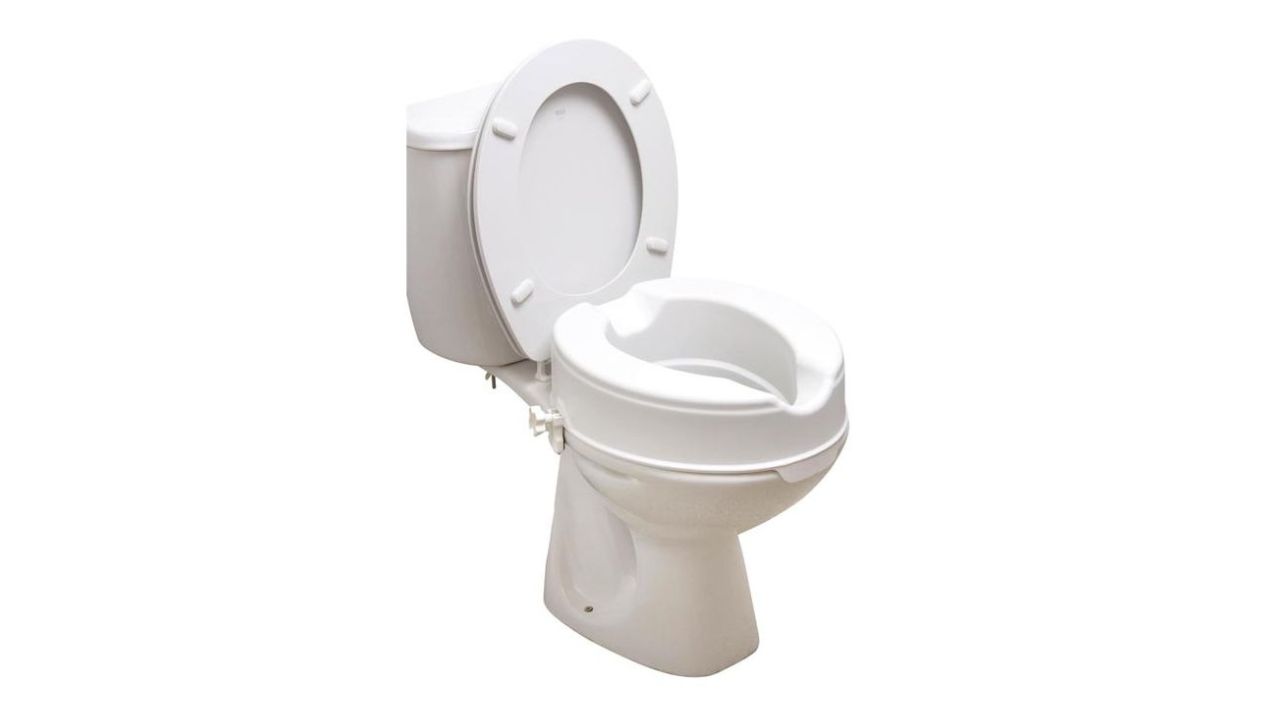

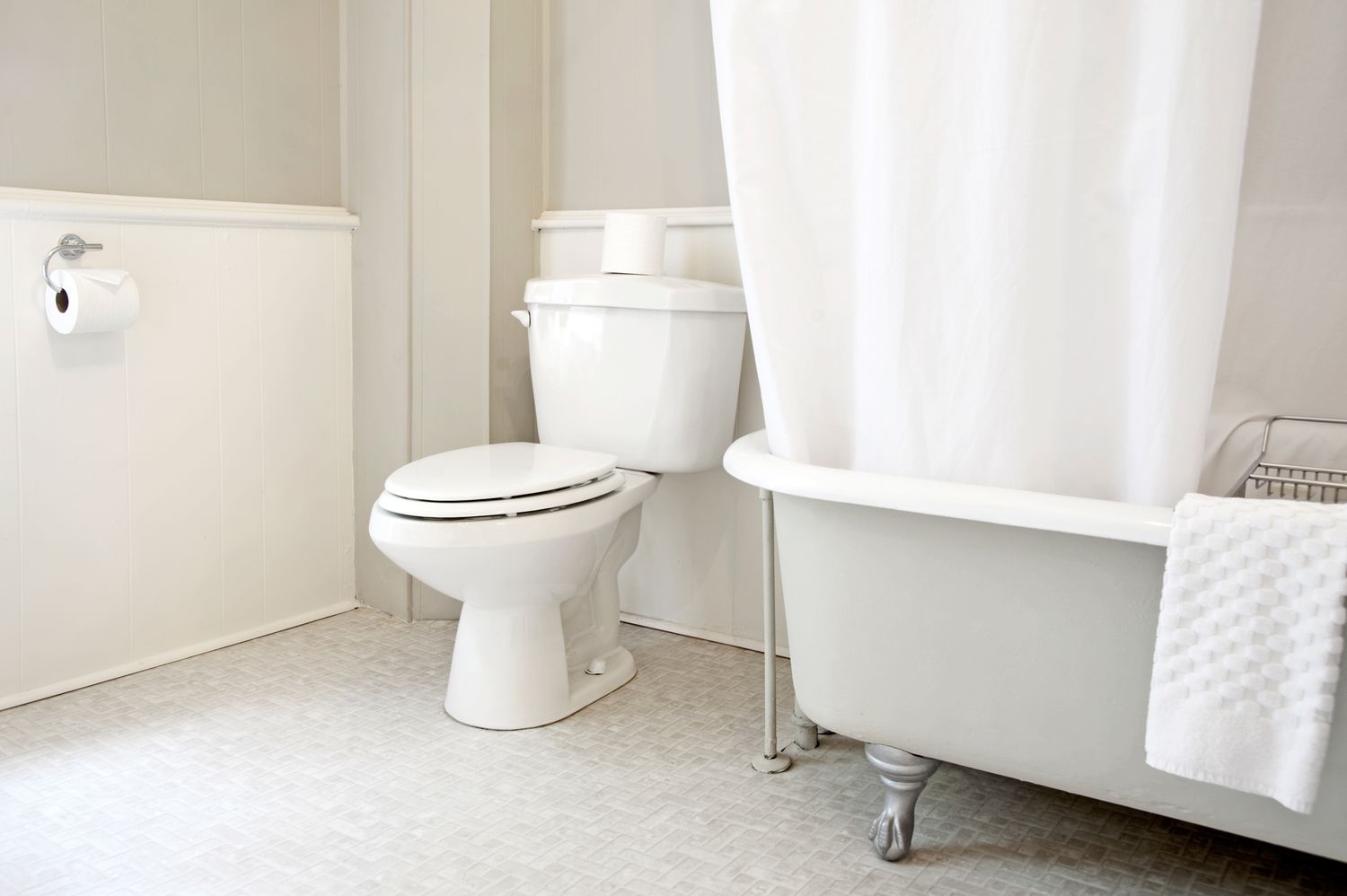
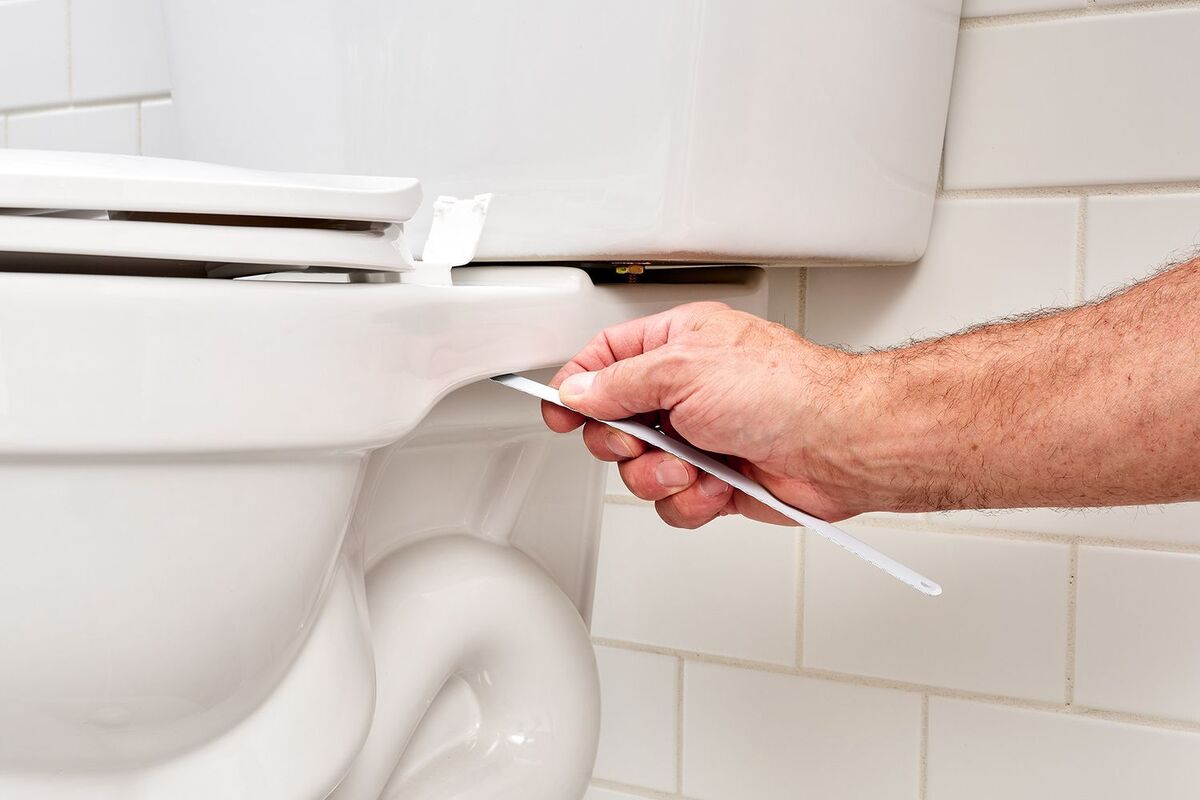
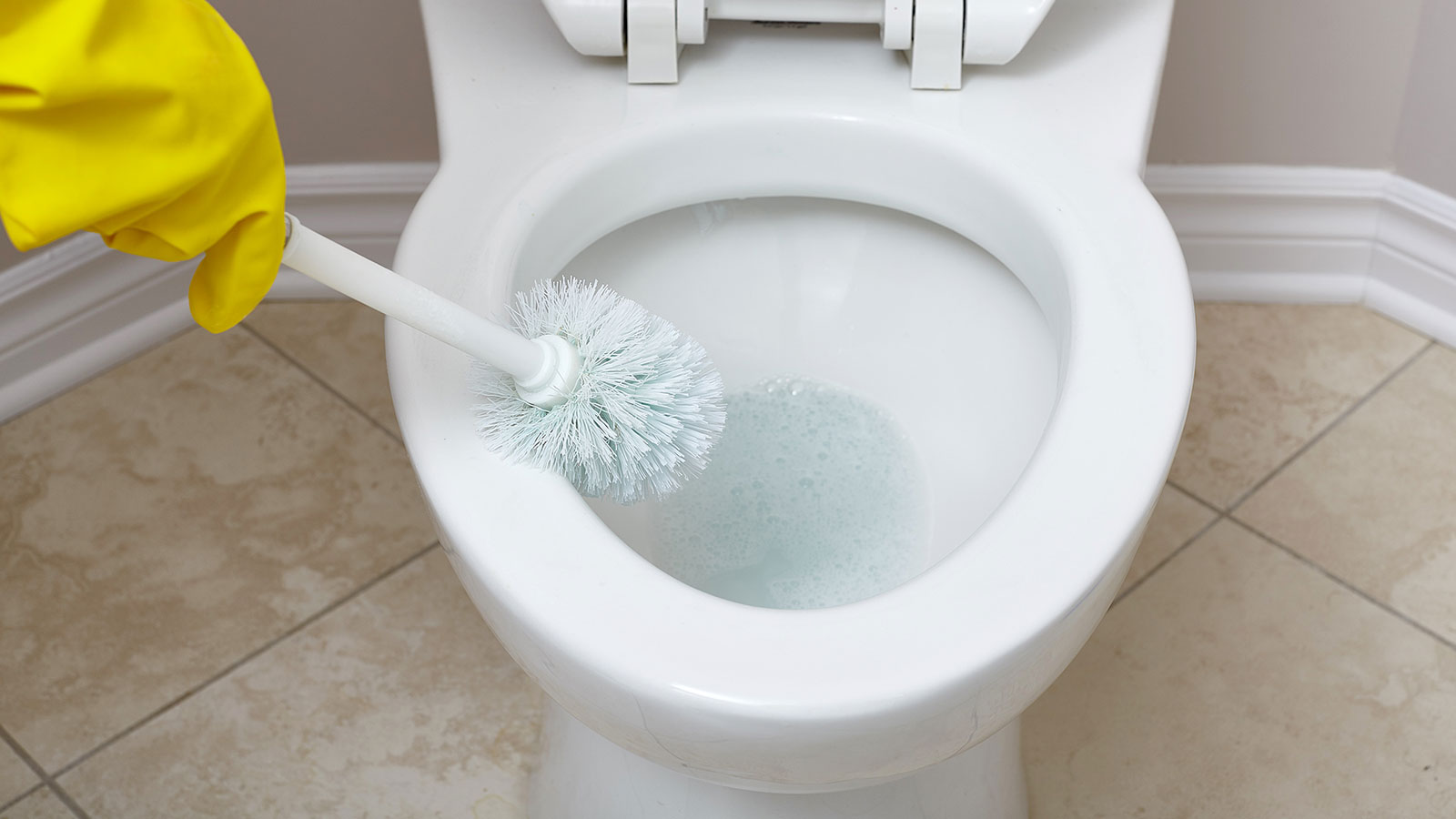
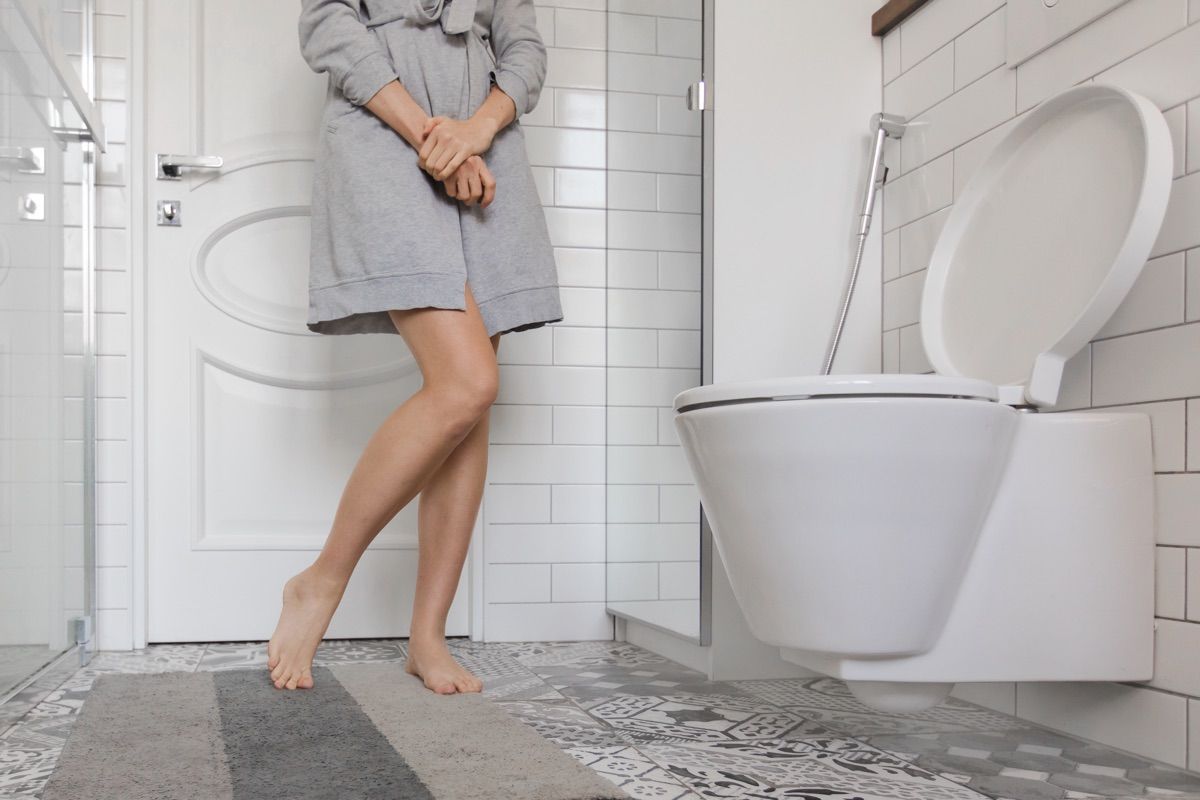
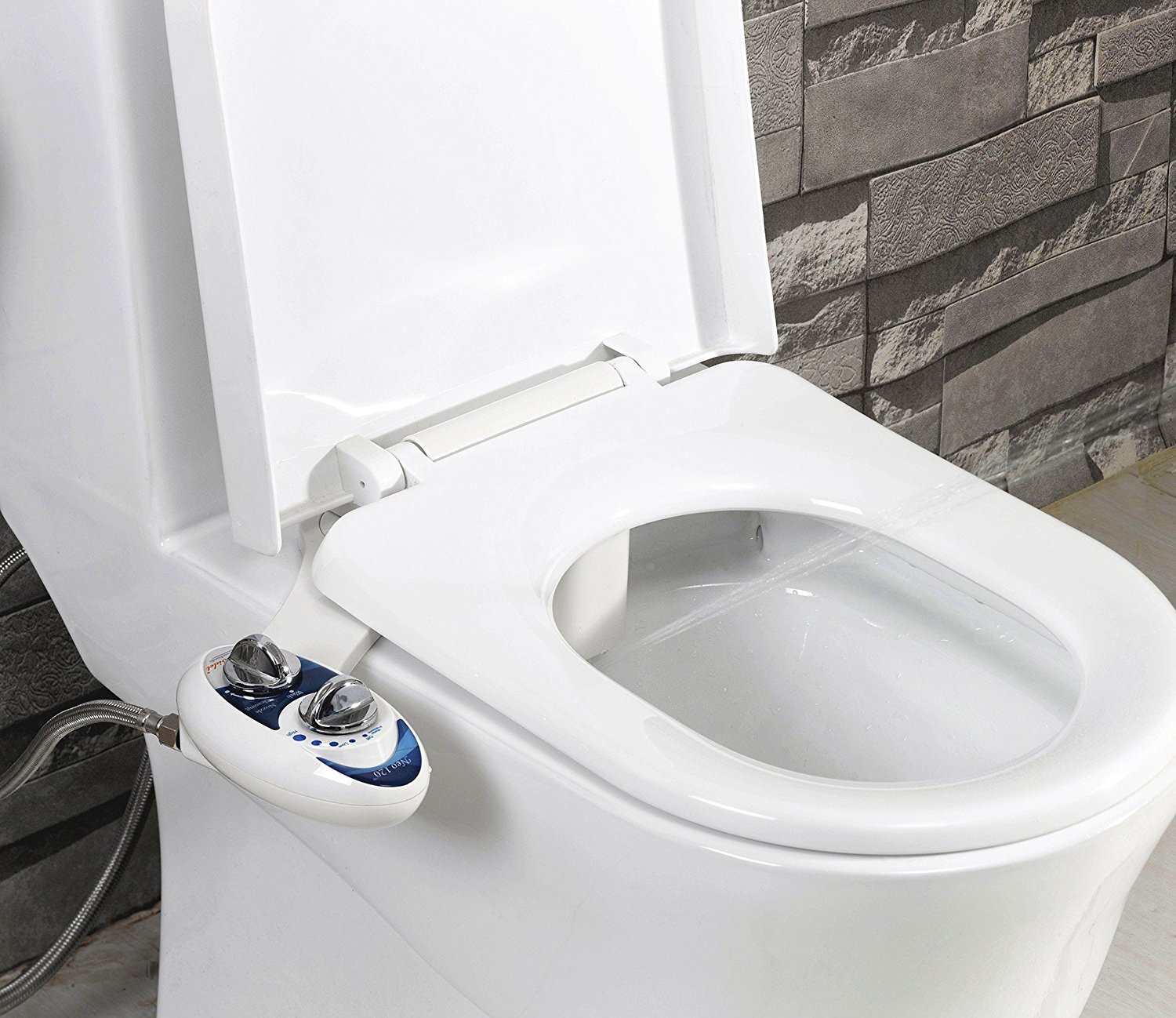
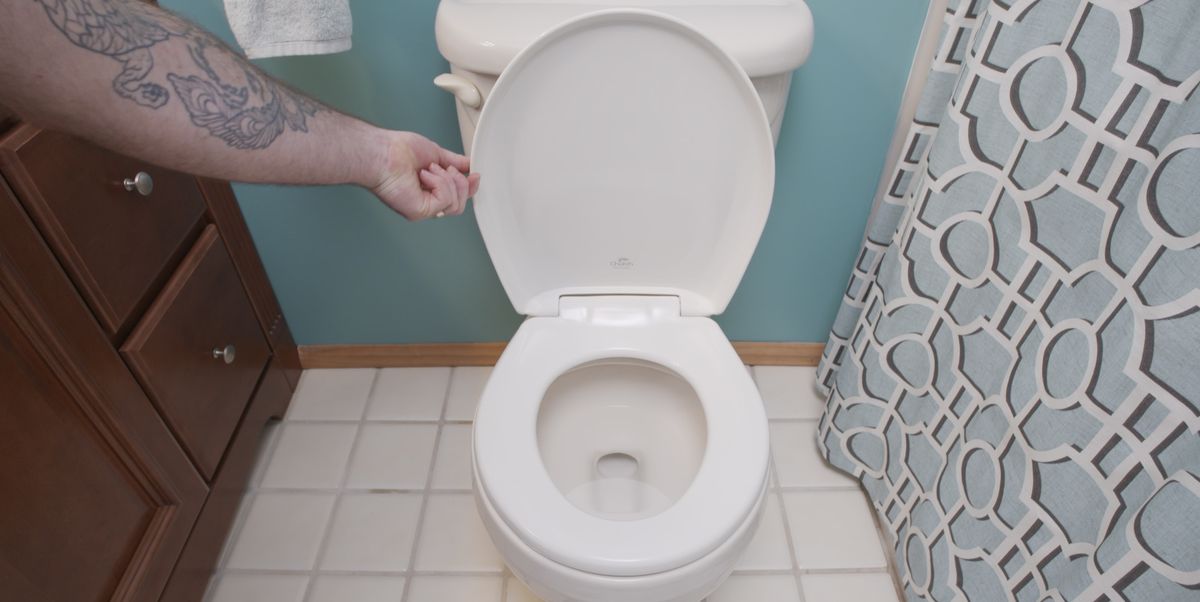
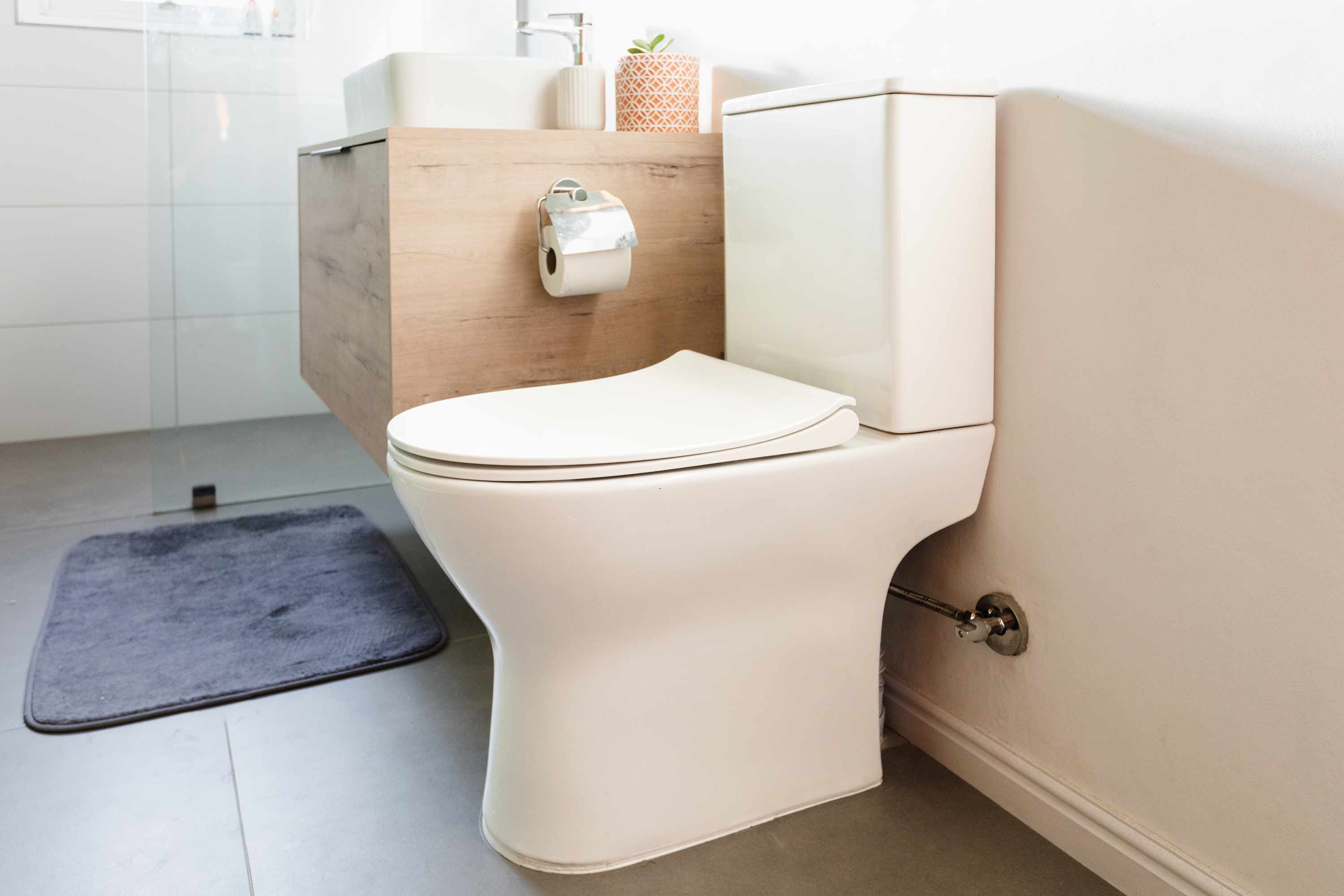
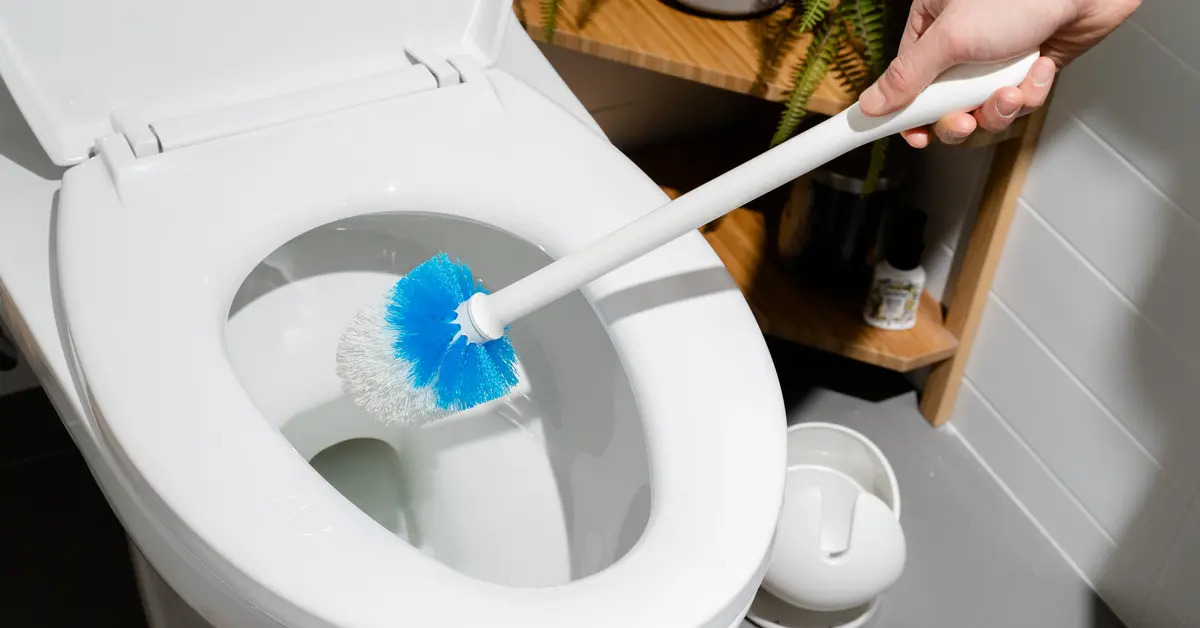
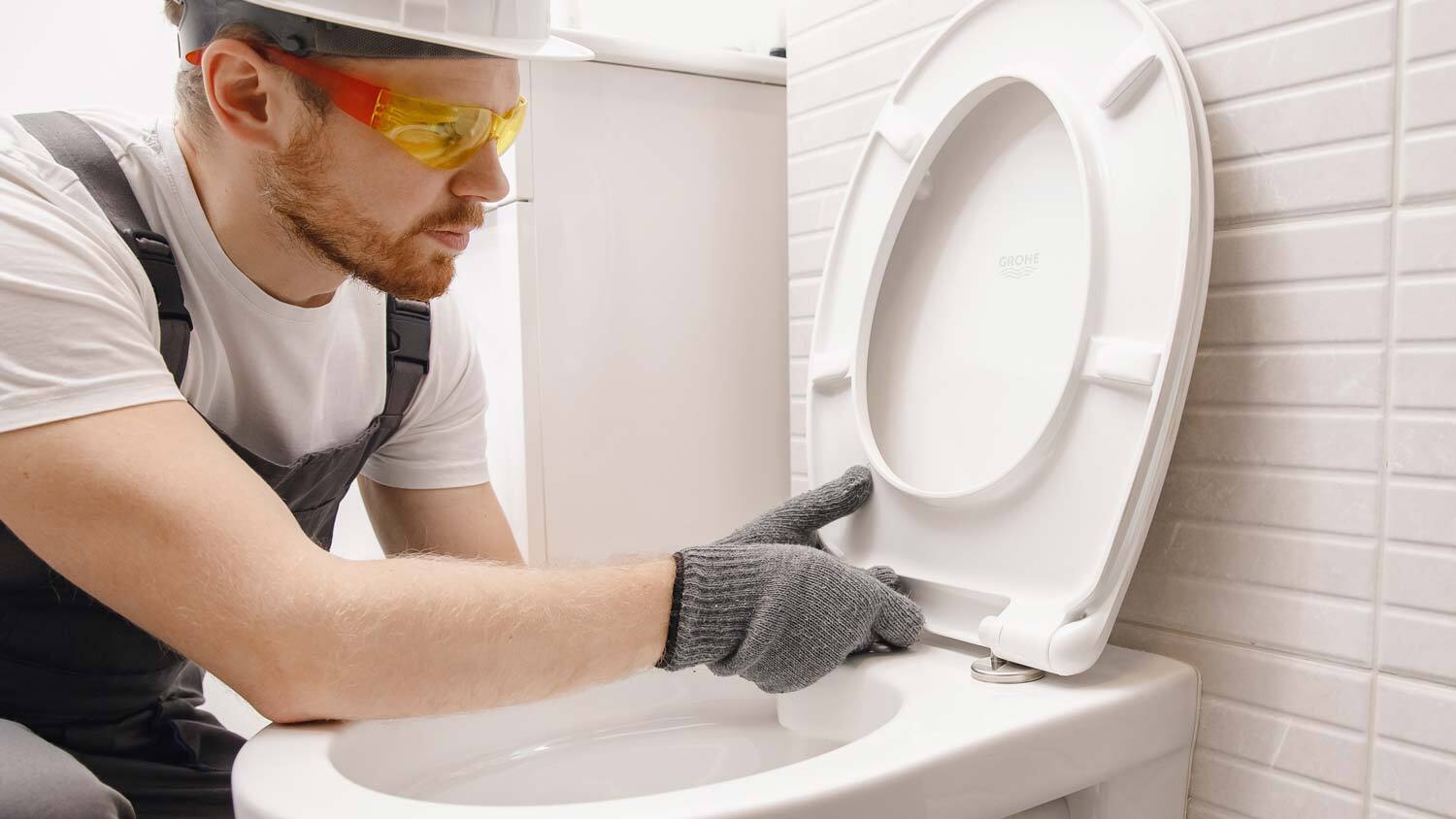
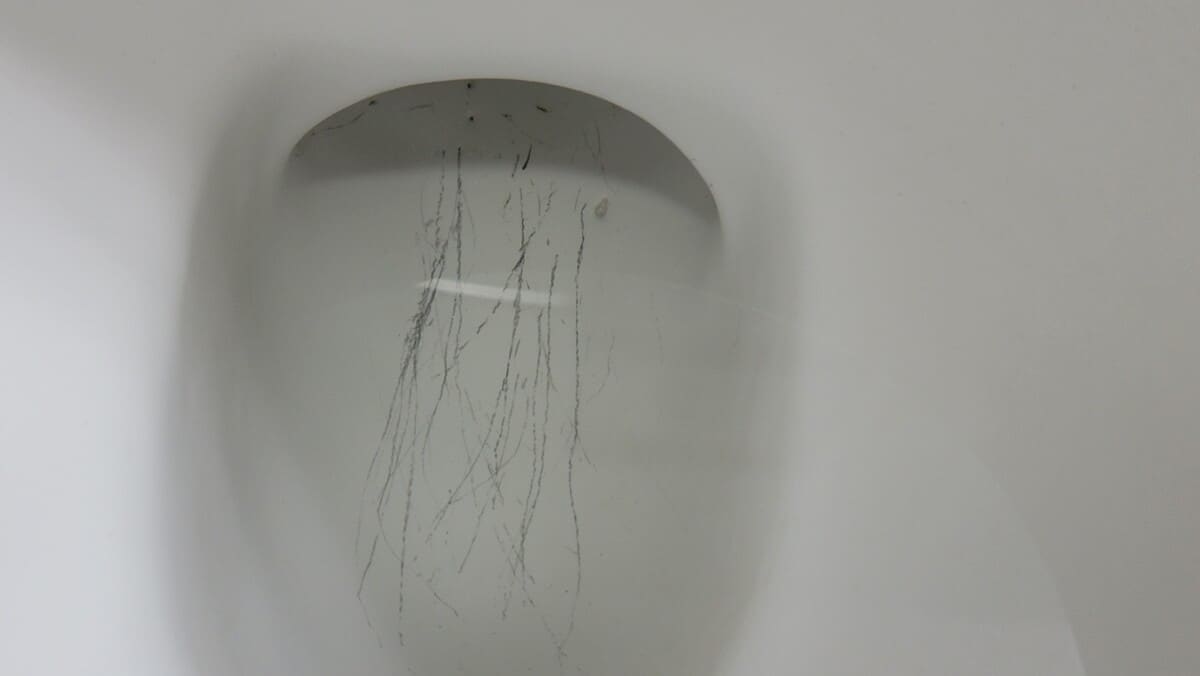
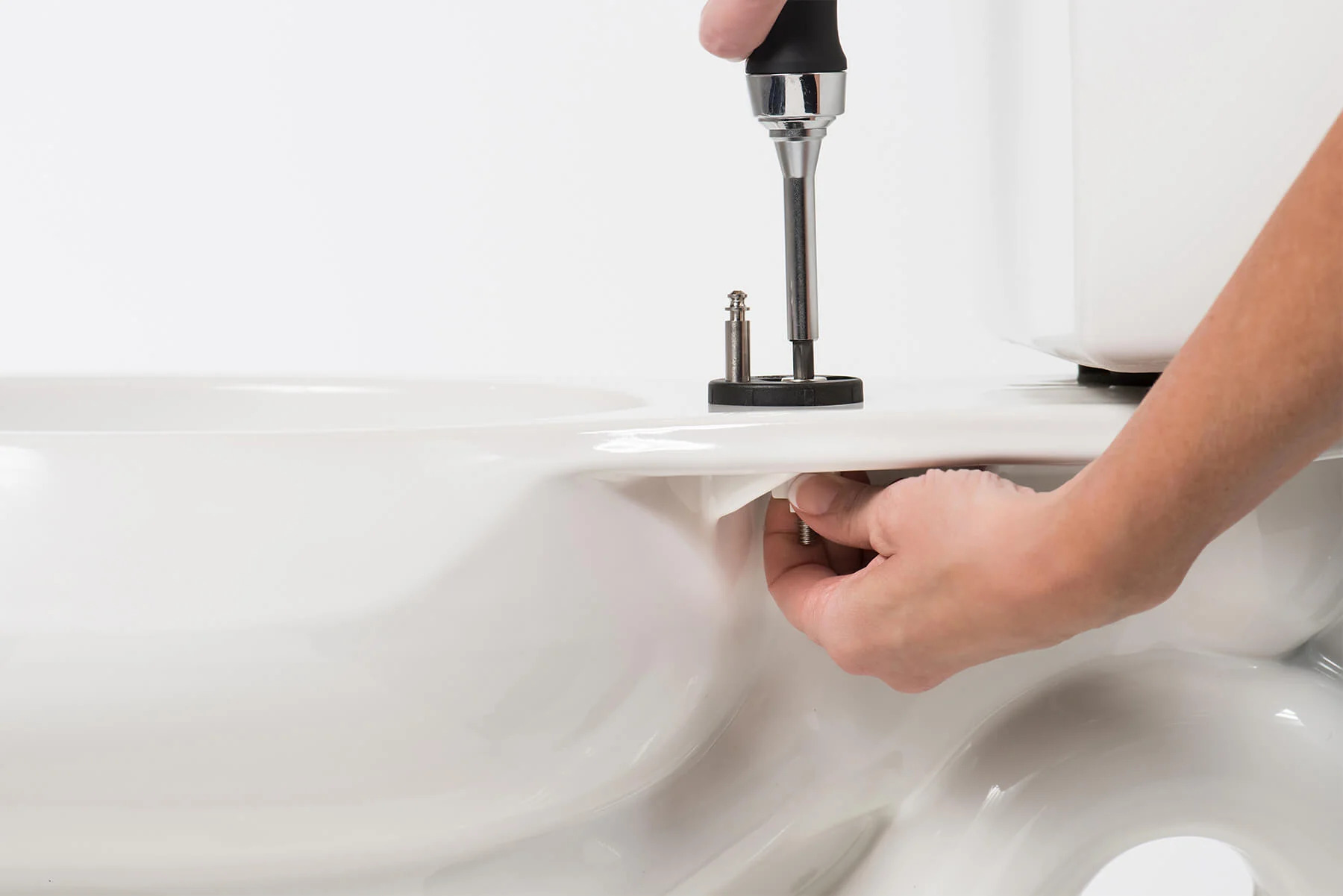
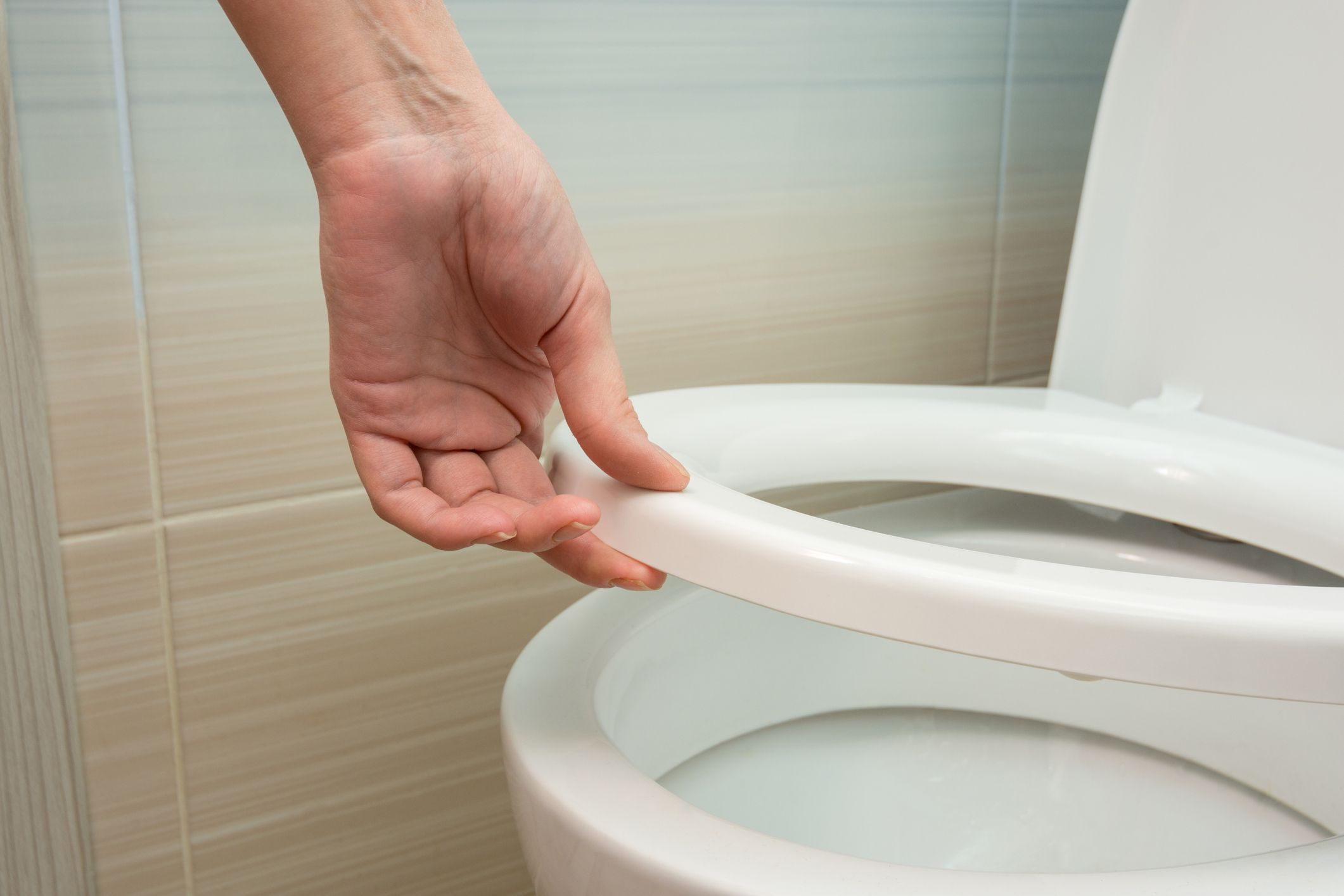

0 thoughts on “What Std Can You Get From A Toilet Seat”